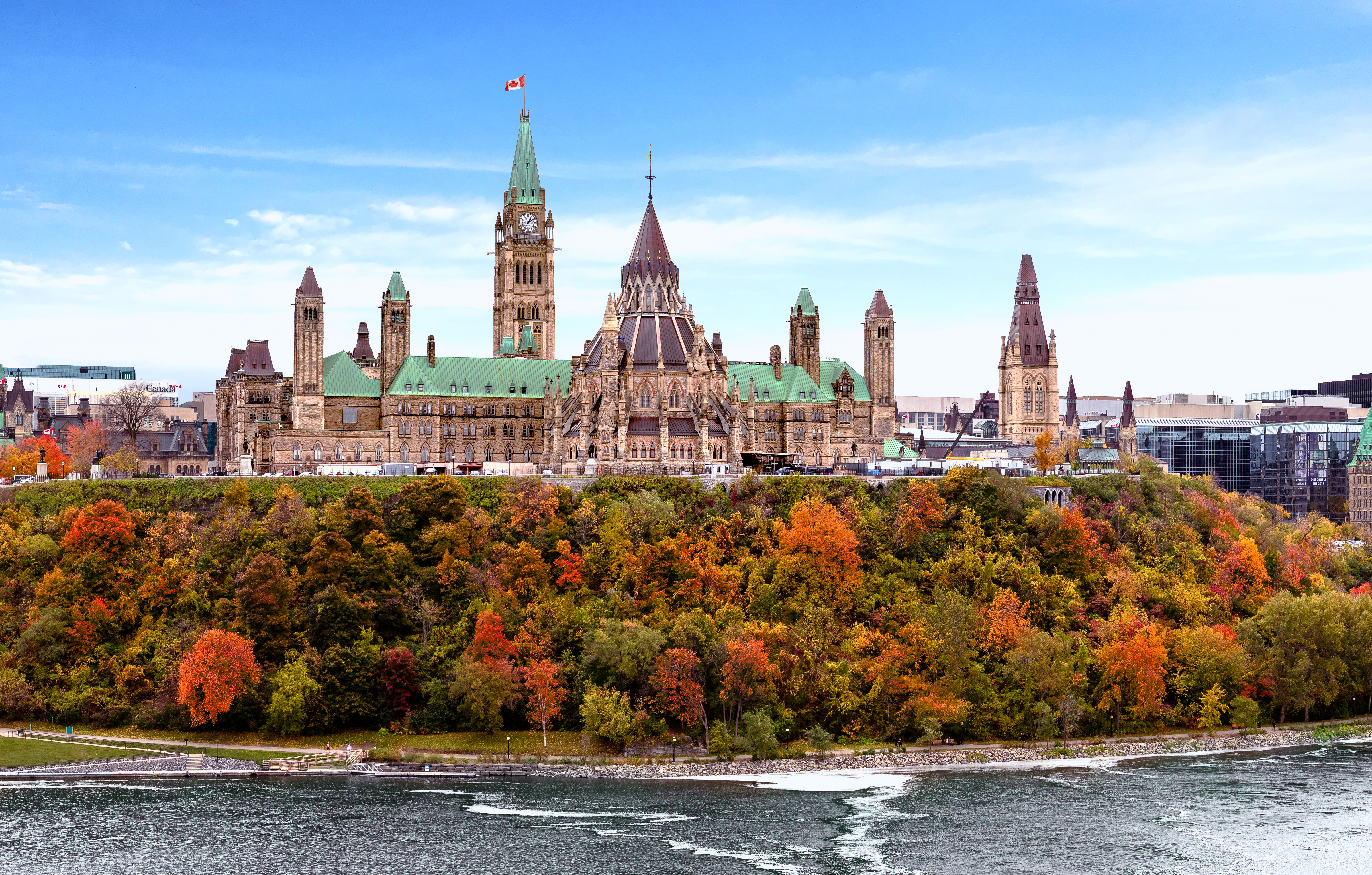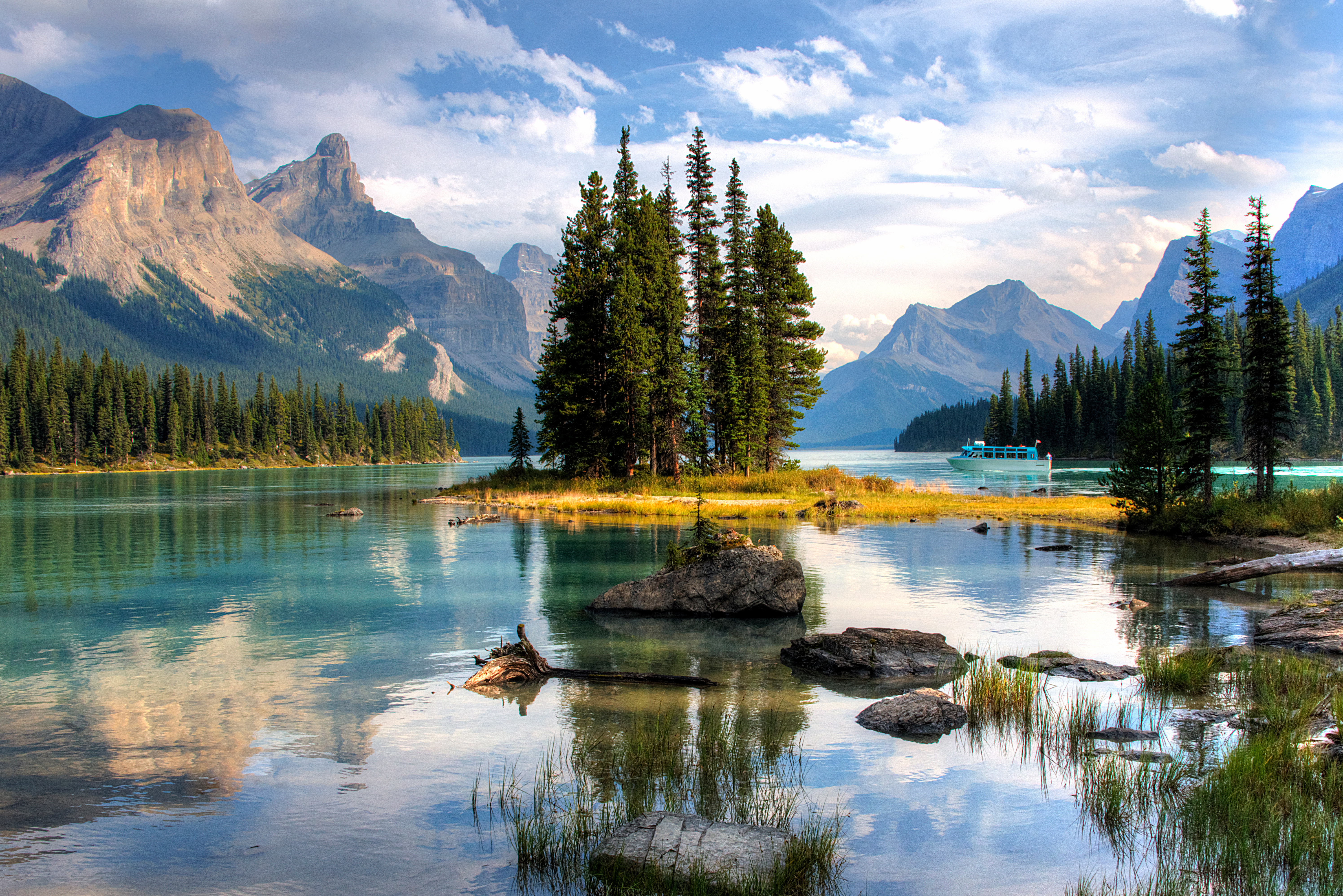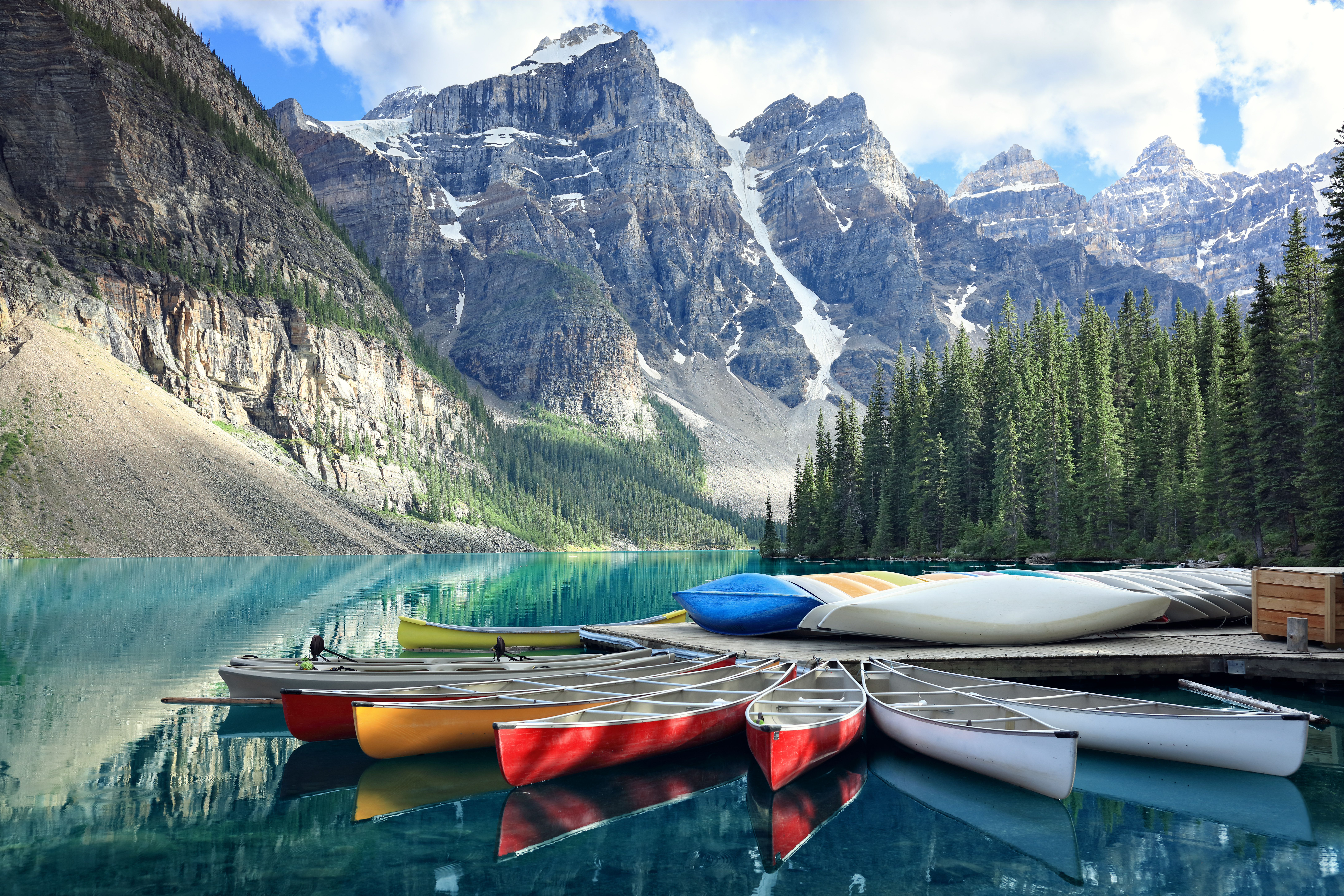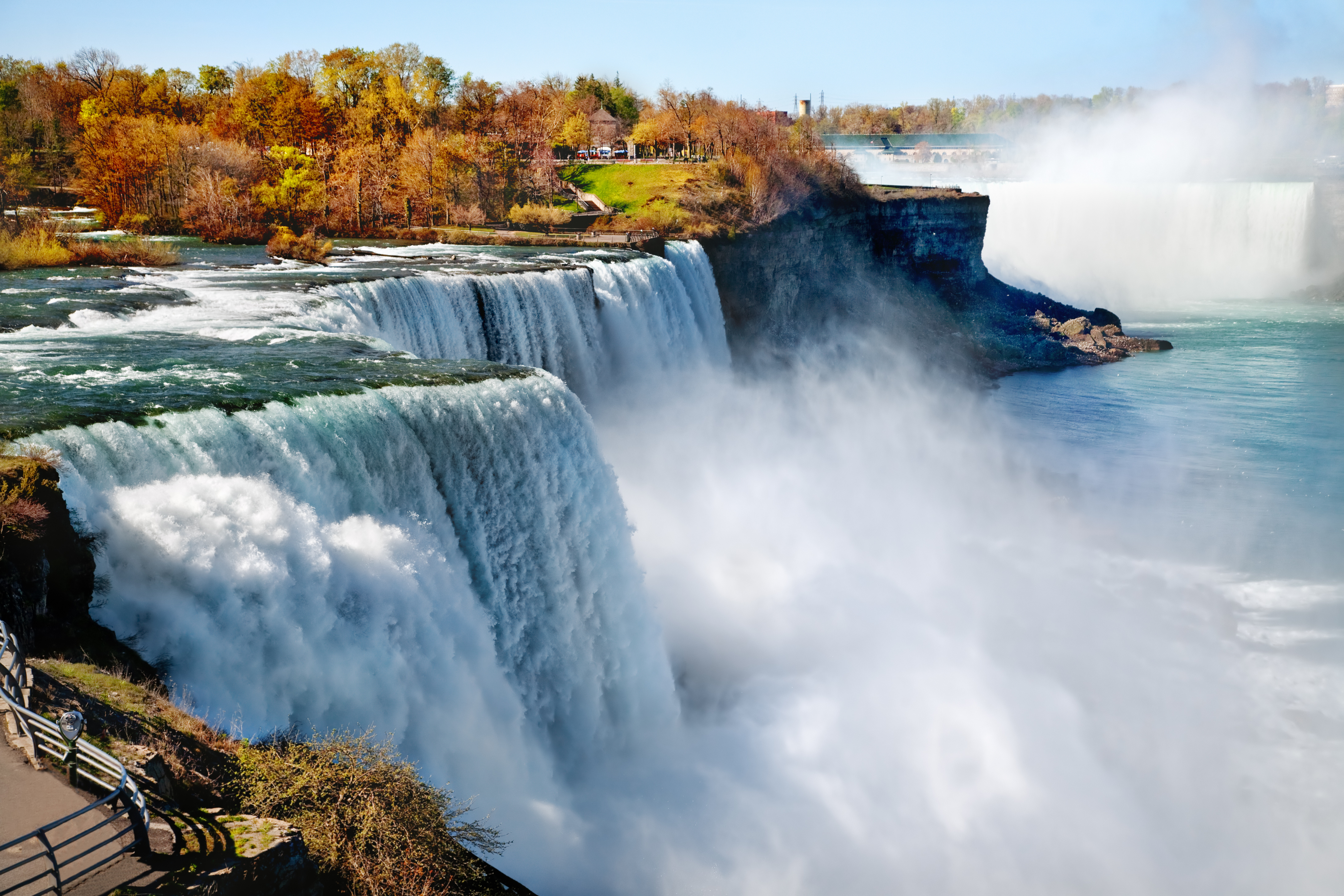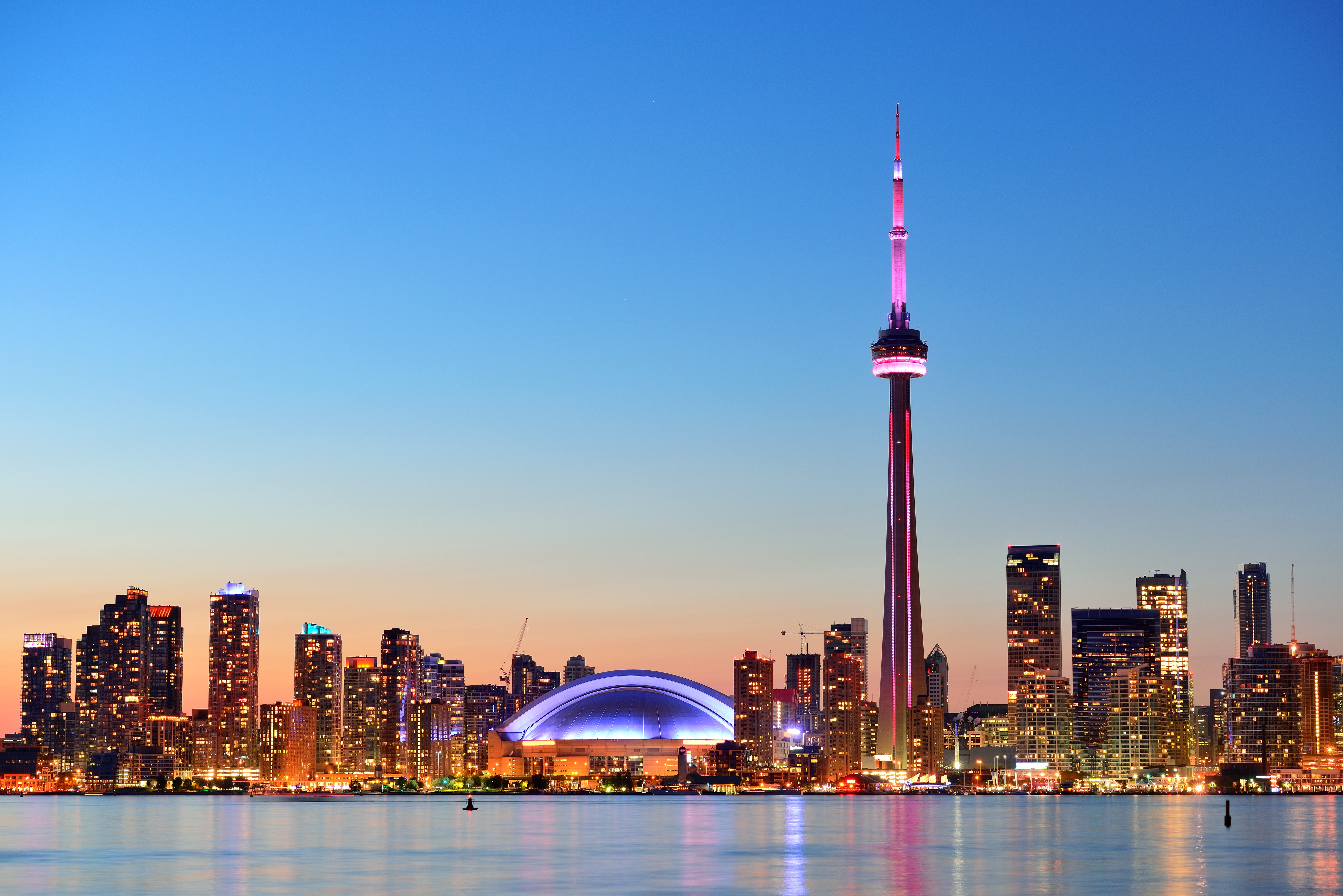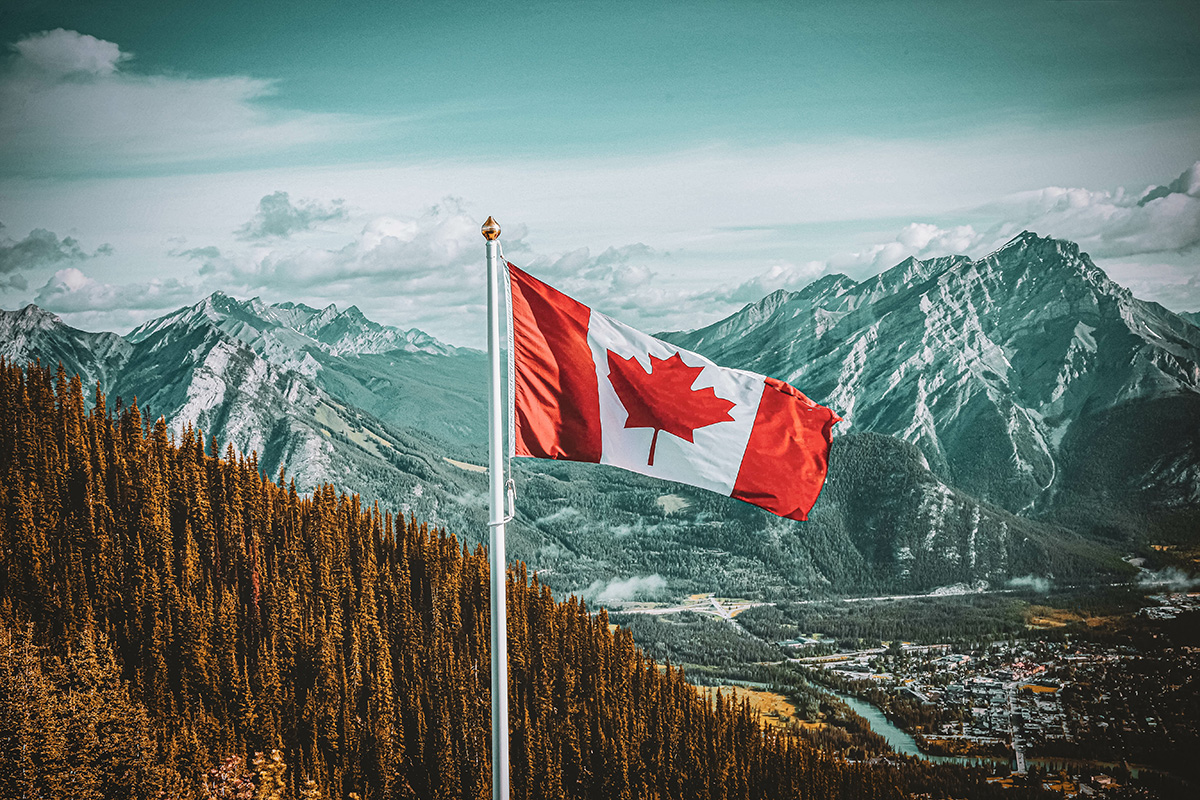Planning A Trip To Canada
Planning a trip to Canada seems easy. Outside of the border crossing, traveling in Canada is just like traveling in the U.S.
Only it’s not. In many ways Canada is truly a different country from the U.S., and you need to take that into account when planning a Canada vacation.
Passports and passport cards
To reinforce the fact that Canada is a foreign country, remember that you need a passport or its equivalent to enter.
Note “equivalent.” Canada is one of the few countries that accepts a U.S. passport card as meeting the entry requirements.
Getting a passport card
You can get a passport card when you get your passport or at any time after. It costs $65 as a standalone purchase, or you can save $35 when you get a passport and buy both for $195.
Passport cards are good for travel to Mexico and the Caribbean in addition to Canada, and they’re a much more convenient international travel document than a passport – especially if you do frequent border crossings.
They’re also accepted I.D. for domestic flights and things like voter registration.
Okay – assuming you have the proper identification, it’s time to get into the details of planning a Canadian vacation.
The first thing to decide is …
Choose between Eastern and Western Canada
Look at a map of Canada. You’ll notice that between Winnipeg and Toronto there are a handful of large towns/small cities, but otherwise a whole lot of not much.
Unless you’re up for some significant quality time on the Trans-Canada Highway, you need to decide whether you want to visit western or eastern Canada and plan your trip accordingly.
Western Canada
Western Canada is Mountie-land in the imagination of many Americans. In reality, it’s a lot like the western U.S. with the natural wonders amplified and the level of development toned down.
A great place to start a western Canadian vacation is at Waterton Lakes National Park. It’s a Canadian continuation of Glacier National Park, so if you’re visiting Glacier it’s no trick to slide up into Waterton Lakes and continue from there.
The park is just one of many gorgeous mountainous places to explore in western Canada. Banff and Jasper national parks and Lake Louise are world-famous for their luxurious accommodations and spectacular setting, and they more than live up to the hype.
There’s plenty to do in the Banff/Jasper area, including:
- Horseback riding
- Hiking
- Swimming
- Off-roading
- Mountain biking
- Camping
- Fishing
If you can’t afford the high-end accommodations, don’t despair. The area has a plethora of lodging options that include:
- Rental houses and cabins
- Lodges
- Dude ranches
- Glamping sites
Just remember: They fill up fast.
Cities
Because the cities of western Canada have so little competition in a large geographic area, they’re magnets for all types of people coming from outlying areas.
That means they feel much bigger than their actual population because they offer so much to the surrounding areas – and that makes them worthy of your visit, too.
From right to left on your map, they are:
- Winnipeg and Regina, prairie cities surrounded by grain fields and connected by the highway and the railroad
- Edmonton, the jumping-off point for the Alaska Highway and home to North America’s largest shopping mall
- Calgary, gateway to the Canadian Rockies and host to one of the last great Wild West festivals, the Calgary Stampede
- Vancouver, a truly multicultural Seattle with better scenery, fewer techies, great food, and world-class skiing
As long as we’re on the topic of Vancouver, one of the best things about the city is that Victoria is just a short ferry ride away.
Located on the southern tip of Vancouver Island across the inlet from Burlington, Wash., Victoria’s raison d’etre is Olde English manor homes done up with spectacular English gardens that flourish in the wet, temperate climate.
It’s extremely popular with tourists for the best reason of all: it’s beautiful.
Recreation
Western Canada is what they used to call a “sportsman’s paradise,” meaning the hunting and fishing is exceptional.
Northern Manitoba has some of the world’s best freshwater fishing. Saskatchewan is a prime destination for bird hunting, both waterfowl and upland game birds.
The Canadian Rockies are home to trophy elk, deer and mountain sheep, and the British Columbia coast is a mecca for salmon fishing.
Over time, the definition of “sportsman’s paradise” has expanded to include:
- Mountain and road biking
- Backcountry hiking
- Mountain-climbing
- Off-roading
- Skiing and snowboarding – downhill, cross-country, or extreme
- Snowmobiling
Basically, whatever you like to do in the out-of-doors you can do in western Canada, only with fewer crowds and wider wide-open spaces.
Adventure
Canada’s population centers cleave pretty closely to the U.S. border, and once you go north – especially in western Canada – there’s a whole lot of north to go.
Head towards the Arctic from any of western Canada’s cities and you’ll soon find yourself in some real wilderness, where the roads turn into trails and the trails vanish into scrub and muskeg.
A vehicle with off-road capability is strongly recommended if you plan on exploring these parts, but in addition:
- Consult with experts (like park rangers) before venturing off
- Let people know where you’re going
- Study topographic maps before you leave and carry the same maps with you
- Carry emergency water and rations, and fire-making materials
- Pack for rapidly changing weather conditions
City Spotlight: Churchill, Manitoba
While Canada’s wilderness is challenging, it’s also rewarding. Consider Churchill, Manitoba, the polar-bear capital of the world.
There’s not much to Churchill unless you want to see polar bears. Then it’s a relatively accessible destination that offers a once-in-a-lifetime opportunity to see these magnificent creatures in their native habitat (which includes downtown Churchill).
However, you can’t drive to Churchill. The only ways to get there are by plane (faster and expensive) or train (slower, cheaper, and much more memorable).
If you leave the beaten path in western Canada you may not be prepared for what you encounter. Sometimes the mere act of getting off the Trans-Canada Highway puts you in a wilderness where simple services are hundreds of miles away.
It’s much more like Alaska than anywhere in the U.S. lower 48. As you plan your trip, you need to approach it that way.
Eastern Canada
There’s a definite dividing line between eastern Canada and western Canada.
Western Canada is grain farms and ranches. Eastern Canada is dairy farms and orchards. Western Canada is mountain streams and glacial lakes. Eastern Canada is big rivers and Great Lakes.
Western Canada is oil and minerals. Eastern Canada is tech and finance.
There’s often friction between the west and the east – even more than you find in the U.S.
And in the middle of it all, there’s Québec.
Québec
Imagine if there were a huge section of the United States where the official language was Finnish and non-Finnish-speakers were looked on with circumspection, and the area’s traditions and customs weren’t quite Finnish but weren’t really American, either.
That’s Québec. It doesn’t make sense but there it is.
With that said, Québec is marvelous. It’s like visiting Europe but not really. It’s a unique mélange of Frenchness and Canadian-ness, with its own foods (mmmm … poutine), customs, attitudes, and lifestyles.
And it’s home to two of North America’s most iconic cities – Montréal and Québec City.
Montréal
Montréal is one of the world’s great cities, polyglot and beautiful and quaint in equal measures, and easier to navigate than its European counterparts (when the freeways aren’t being torn up).
Like any good European city Montréal has an Old City that draws most of the tourist attention, though virtually every part of Montréal has something to recommend it – even if it’s just extreme livability.
Québec City
Québec City is 160 miles further north up the St. Lawrence and is much more quintessentially French-Canadian. You’ll find fewer bilingual residents and a more old-feeling old town. But it’s a must-visit – especially in winter, when it hosts North America’s best winter carnival.
Québec is a different place, and to have it so accessible as part of a Canadian vacation seems like an impossible bonus.
Toronto, Ottawa and Hamilton
Québec’s uniqueness shouldn’t take away from the other great cities of eastern Canada. Toronto is unfairly accused of being boring, but it’s neck-and-neck with Chicago as the best of the Great Lakes cities, clean and bustling and international in the best sense of the word.
Ottawa is the nation’s capital, and that means lots of historic landmarks and monuments. It’s a friendly, accessible capital, though, and in the winter it offers the ability to skate to work on the frozen Rideau Canal.
Finally, Hamilton is a Rust Belt city Canada-style, which is to say it’s clean, colorful, diverse, and home to a burgeoning arts community.
Atlantic Canada
And just when you think you’ve exhausted all the possibilities with Canada, there’s Atlantic Canada – the maritime provinces.
The fishing villages of New Brunswick, Nova Scotia and Prince Edward Island offer scenes reminiscent of the Scottish coast, and if you like things a little wilder, Newfoundland and Labrador offer windblown, rock-strewn vistas and some Canadian quirkiness.
How quirky? The time zone in Newfoundland is a half-hour ahead of the rest of Atlantic Canada.
Atlantic Canada is a great place to explore and road-trip through, and compared to the rest of Canada it’s relatively compact, so less muskeg between stops.
Planning it all out
Now that you have the lay of the land, now what?
Accept that you’re not going to see all of Canada. It’s just too big. And that’s fine; return trips are easy.
You need to tackle the country in pieces. The most obvious way is to break it apart east-west. Here are some other ways:
- Great Lakes tour: Drive the Lake Superior Circle Route. It won’t show you much of metropolitan Canada, but the scenery’s great.
- St. Lawrence Seaway cruise: Cruise up the St. Lawrence River, starting in Detroit or Chicago and stopping in Montréal and Quebec City, or starting in Montréal and ending in Boston.
- Pacific Coast cruise: Explore the isles and inlets of British Columbia’s Pacific coast on a small ship or freighter. It’s an intimate way of seeing some of North America’s most breathtaking coastline.
- Pacific Northwest metro tour: Start in Portland and work your way up through Seattle to Vancouver and Victoria.
- National-park tour: Start in Glacier National Park and make a loop that encompasses Waterton Lakes, Banff, Kootenay, Mount Revelstoke, and Jasper national parks, as well as Calgary.
- Eastern Canada circle tour: Start in Detroit and go through Hamilton, Toronto, Ottawa, and Montréal. Drop down into Maine and return via northern New York and Cleveland.
- Atlantic Canada road trip: Start in Albany or Portland, Me., and drive through Saint John, Moncton, Cape Breton Island, and Fredericton before returning via Quebec City and Montréal. Adventurous types can add a trip to the French territories of St. Pierre and Miquelon.
Don’t forget the train
Rail is an excellent way of seeing Canada – especially since driving across the country vacillates between tedium and danger.
There are a number of Canadian rail options to choose from:
- GO Transit runs commuter-style trains between Hamilton and Toronto
- VIA Rail Canada is like a better-run Amtrak that offers multiple cross-country and local trains, including the aforementioned Winnipeg-Churchill polar-bear train
- The Polar Bear Express takes riders to a different polar-bear habitat – the “twin cities” of Moosonee and Moose Factory, Ontario
- The Rocky Mountaineer runs luxury trains from Vancouver to Jasper, Banff, and Lake Louise
- The Agawa Canyon tour train runs a 10-hour excursion from Sault Ste. Marie, Ontario, into the heart of the northern Ontario wilderness
Much of what travelers don’t like about train travel in the U.S. – uncertain schedules and bad equipment – is less of an issue in Canada. The result is a relaxing, scenery-filled trip.
Miscellany
Here are some other things to bear in mind as you plan a Canadian vacation:
- The country is bilingual by law, though you’ll find the law less-observed in western Canada than the east.
- Americans who make an effort to speak some French in Quebec are generally welcomed.
- Gas prices are in liters, so while gas looks like it’s cheap it’s actually quite expensive.
- Actually, everything’s more expensive in Canada, even with the exchange rate, but you get used to it.
- The one-cent coin was phased out 10 years ago, so when you have a total that’s not a five or zero, stores generally round up or down. If that throws you, pay with a credit card.
- If you pay for anything with Canadian money, you’ll come home with a sackful of Canadian coins, including some really strange $2 coins. That’s okay. That’s how they get you to come back.
- Hockey and curling really are as big in Canada as you’d heard.
- Canadian football is generally regarded as more entertaining and fast-paced than the American version. The season runs from midsummer to (American) Thanksgiving, and tickets are plentiful and relatively inexpensive.
As you can tell, there’s a lot to consider when planning a Canadian vacation. There’s also the opportunity for a lot of prepaid expenses – train and cruise tickets, lodging reservations, tours and more – that merit protection.
Travel insurance from Berkshire Hathaway Travel Protection can help protect your travel investment, and can also help pay for emergency medical expenses.
BHTP has a variety of travel insurance plans to cover everything from road trips to luxury travel, and getting a quote is easy.
With travel insurance in place, travel docs assembled and an itinerary set, you’re all ready for your Canadian vacation. There’s nothing left to do but have a great time in the Great White North!
Questions About Travel Insurance?
Check out our online guide, "What Is Travel Insurance All About?" We've provided in-depth answers to all your travel insurance questions, starting with the basics.
